The beauty of the Piedmontese capital and the gourmet excellence of its surroundings gets a lot of love, but not everyone knows that Turin is also a city teeming with magic and legends.
When darkness swallows Turin, the city’s mysterious side emerges: The squares and palaces that are so opulent and sumptuous during are shaded with melancholic tones. The details that pass unnoticed usually washed in sunlight and masked by the noise of everyday life, materialize in silence among the pervasive light fog and the soft glow from the gates and illuminated windows.

Photo: Federica Giulia Sacchi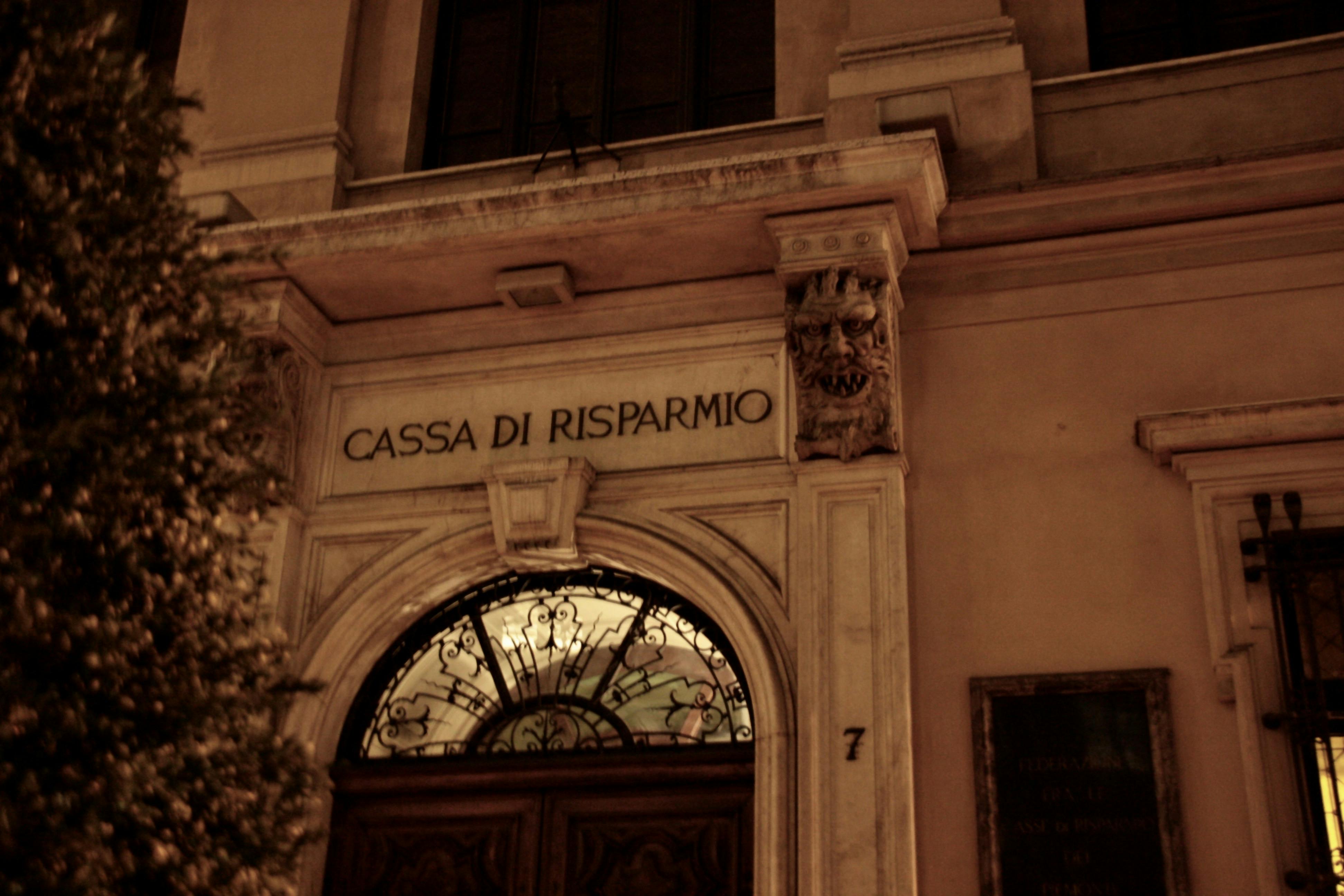
Photo: Federica Giulia Sacchi
Statues, friezes and bas-reliefs take on disturbing expressions. The simple floral decorations on that adorn the city’s doorways are loaded with esoteric meanings, and what might seem like plebeian slits in the sidewalks actually bring light to the infernetti, cellars known as “little hells”, below the Masonic loggias.
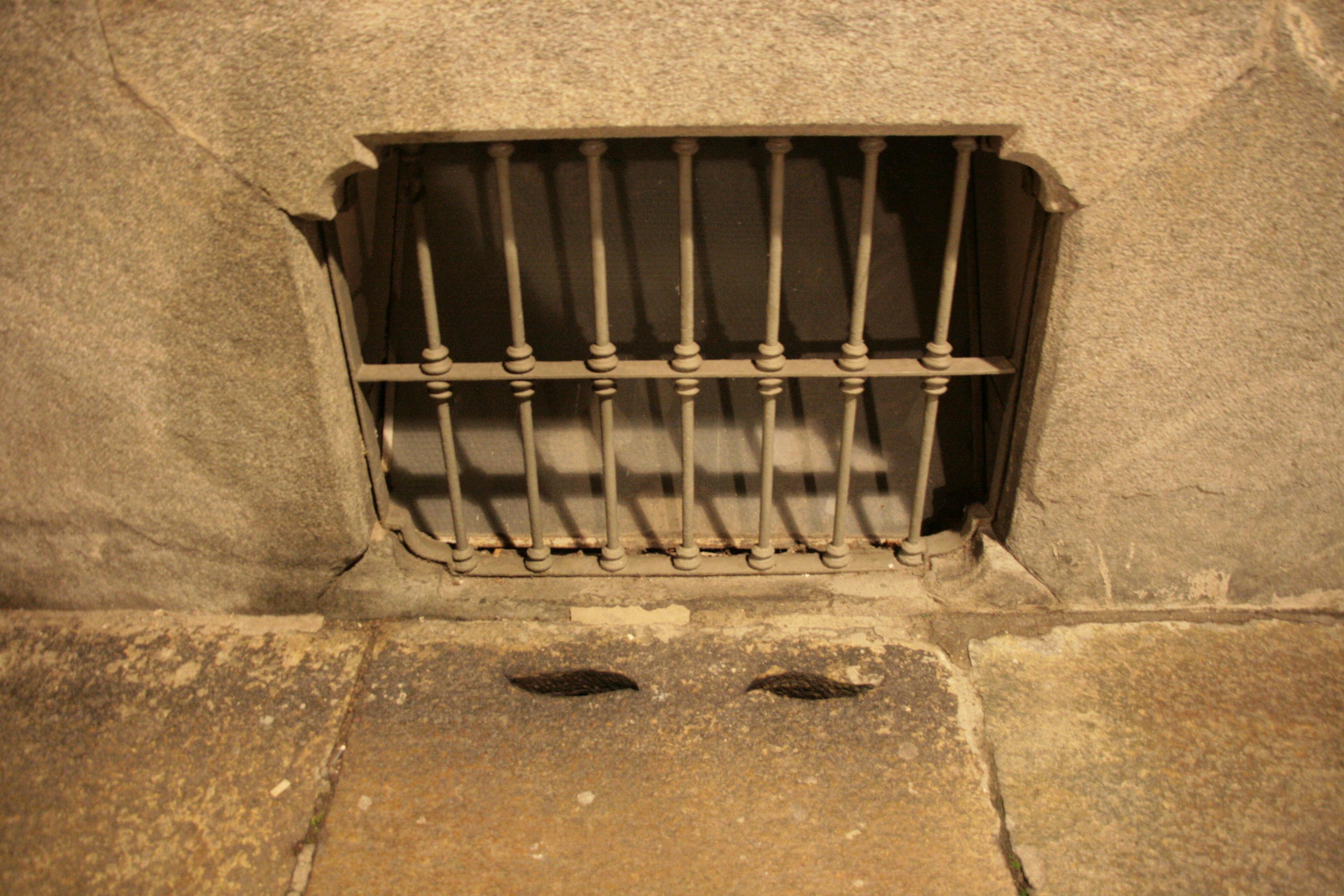
Photo: Federica Giulia Sacchi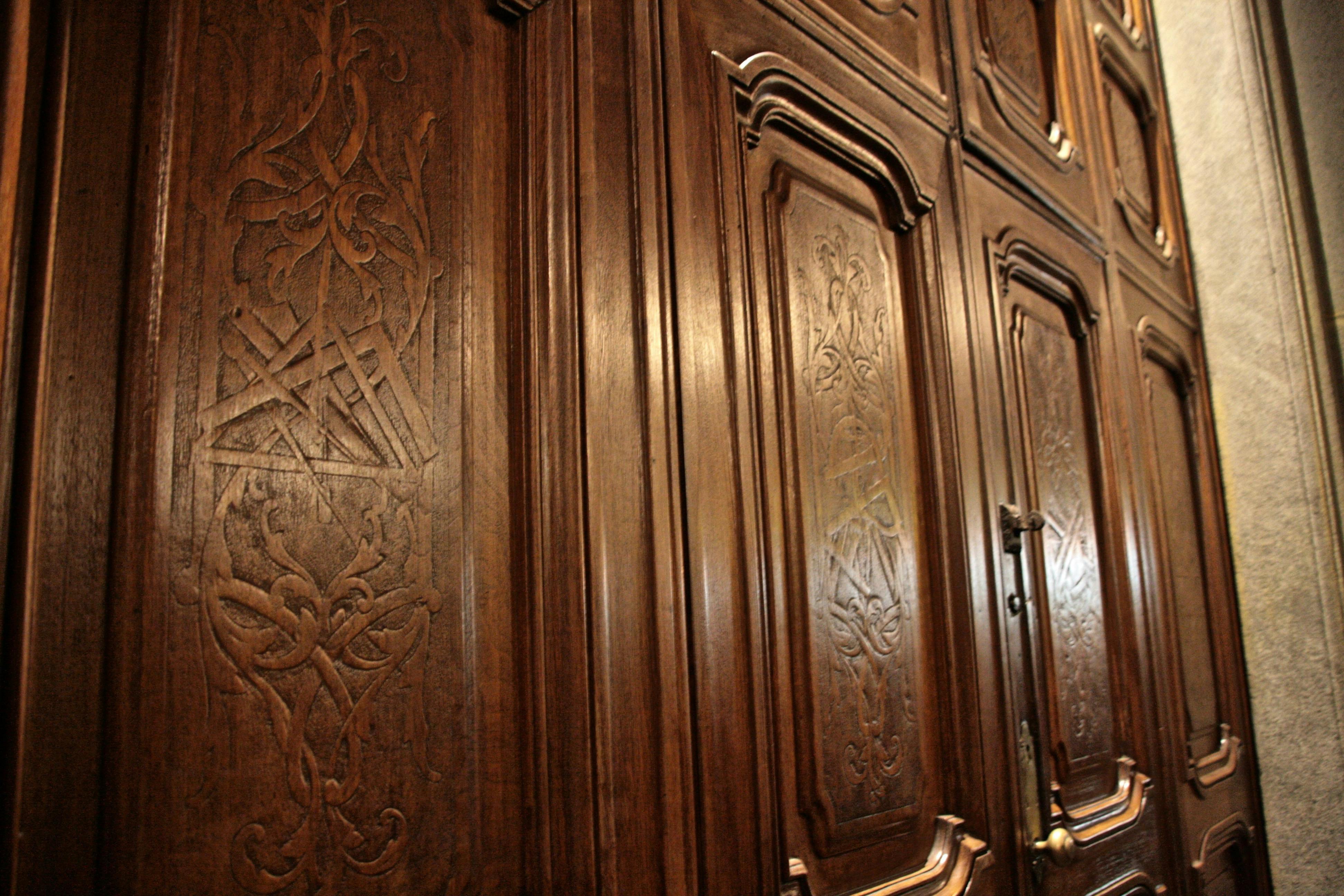
Gate decorated with the symbols of Freemasonry: goniometer, team, parchment and compass, photo: Federica Giulia Sacchi
They don’t call Turin a magical city for nothing. Not only is Turin–along with Lyon and Prague–part of the white magic triangle, it also belongs to the black magic triangle, an axis it shares with London and San Francisco…remember how busy the Halliwell sisters were in San Francisco in the 1990s?
In addition, Dario Argento, a bonafide authority on sinister places, declared in his autobiography: Turin is the place where my nightmares are best. A director, Argento set many of his films in the Piedmontese capital such as The Cat o’ Nine Tails, Four Flies on Gray Velvet, Sleepless, and Deep Red. After touring the city at night, it’s easy to see why.
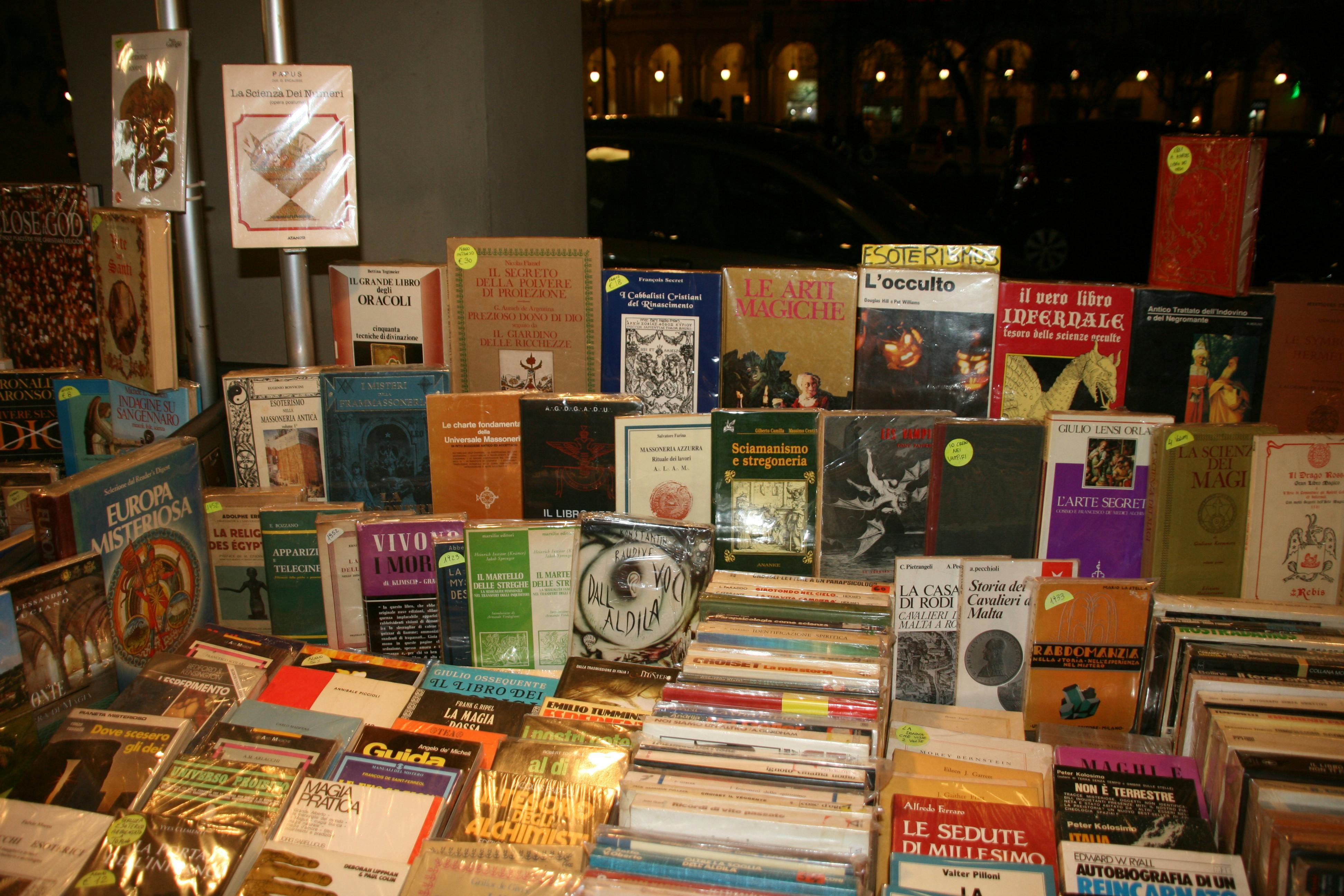
Occult books for sale in Piazza Statuto, photo: Federica Giulia Sacchi
It is said that one can sense eerie vibrations while walking under the arcades of Piazza Statuto. Located in the western part of the city (where the sun sets and the kingdom of darkness begins), Piazza Statuto, an open-air necropolis where a bloody battle occurred in the early eighteenth century as well as a terrible fire in 1983. The piazza displays a monument dedicated to those who died while constructing the Fréjus Rail Tunnel, which connects France to Italy. In the darkness, the beautiful angel at the top–which is meant to represent human intelligence that wins over the forces of nature–actually resembles the devil who with a flick of the hand, rejects humans trying to climb to the top. The devil’s back faces the Alps as he gazes at Piazza Castello where the Dioscuri statues, who guard the Shroud of Turin, respond to his gaze. Pollux contests him with a five-pointed star, a symbol of esoteric knowledge.
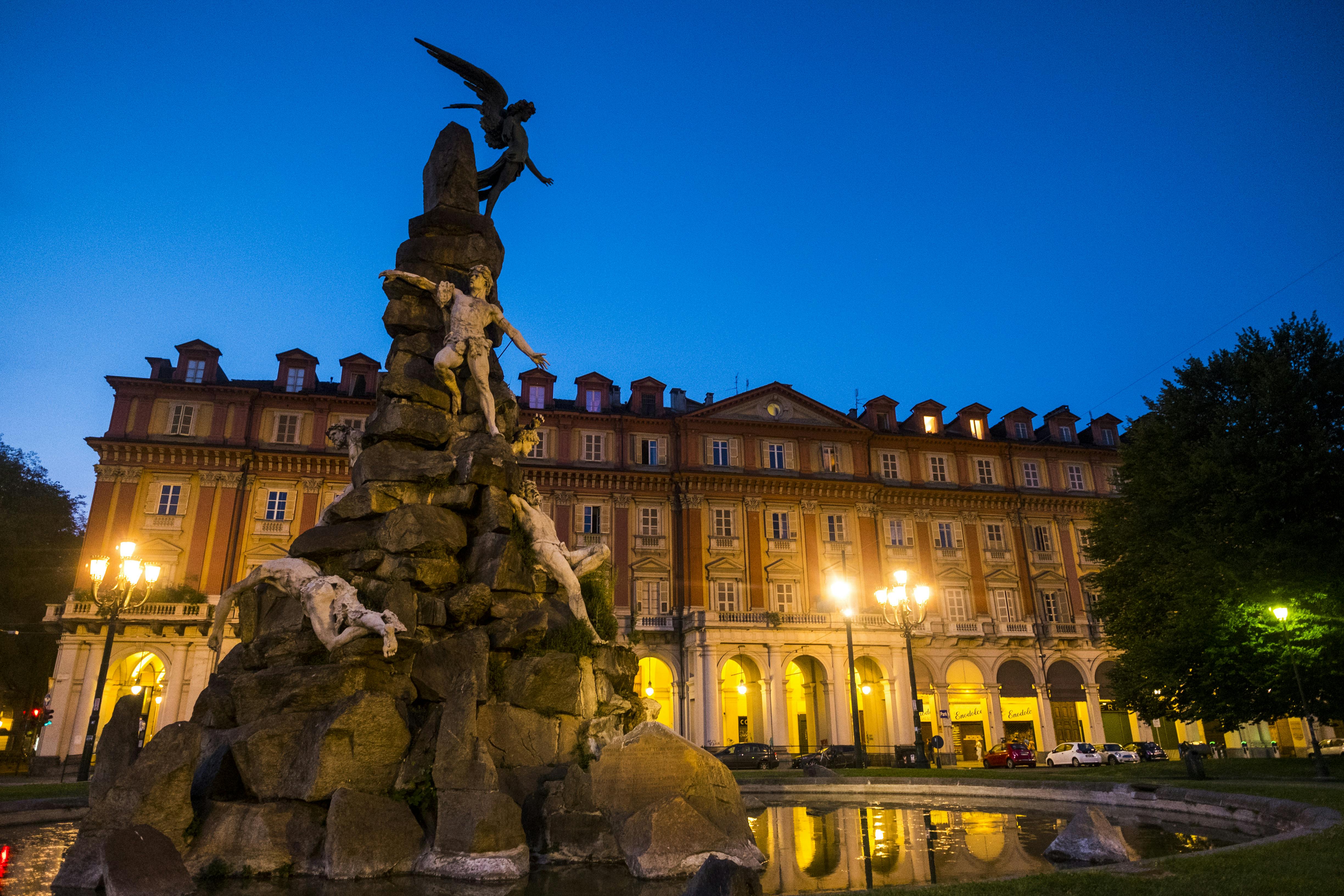
The black angel in Piazza Statuto, photo: Somewhere Tours&Events
The horseriding Dioscuri keep many secrets, such as alchemical labs that were believed to be hidden behind Palazzo Reale’s majestic entrance. Inside these fabled workshops, alchemists were said to have spiritually transformed metal into gold. Over the centuries, many have ventured into Palazzo Reale’s gardens to uncover these workshops located under the Triton Fountain. However, they only found warehouses and ice boxes.
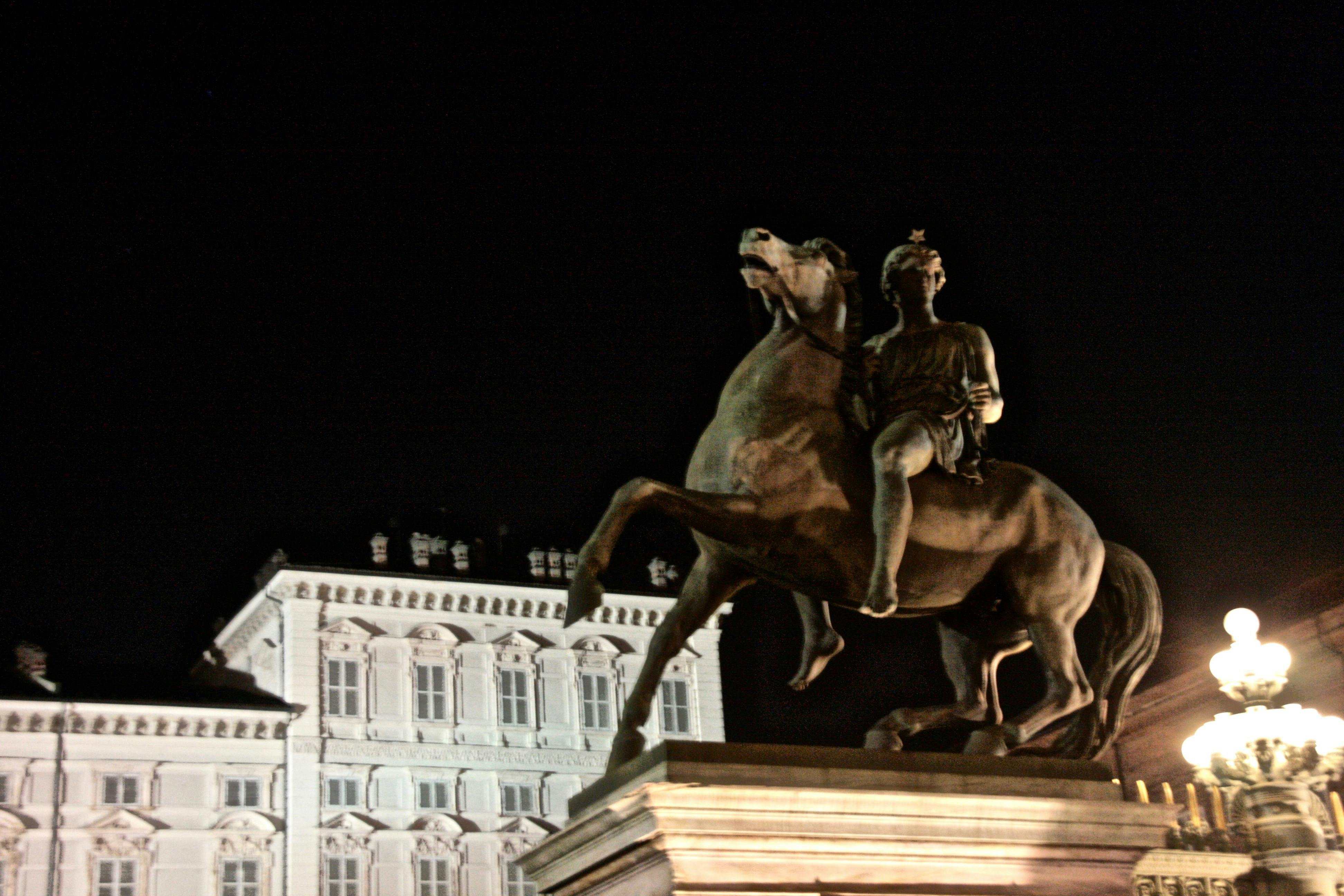
The statue of Pollux in Piazza Castello, credits: Federica Giulia Sacchi
Perhaps the ghost of Christine Marie of France, the “Madama” of Turin, could shed some light on the subject. Her ghost is said to wander around the piazza on rainy evenings remembering all the lovers she “accidentally” pushed into the Po River.
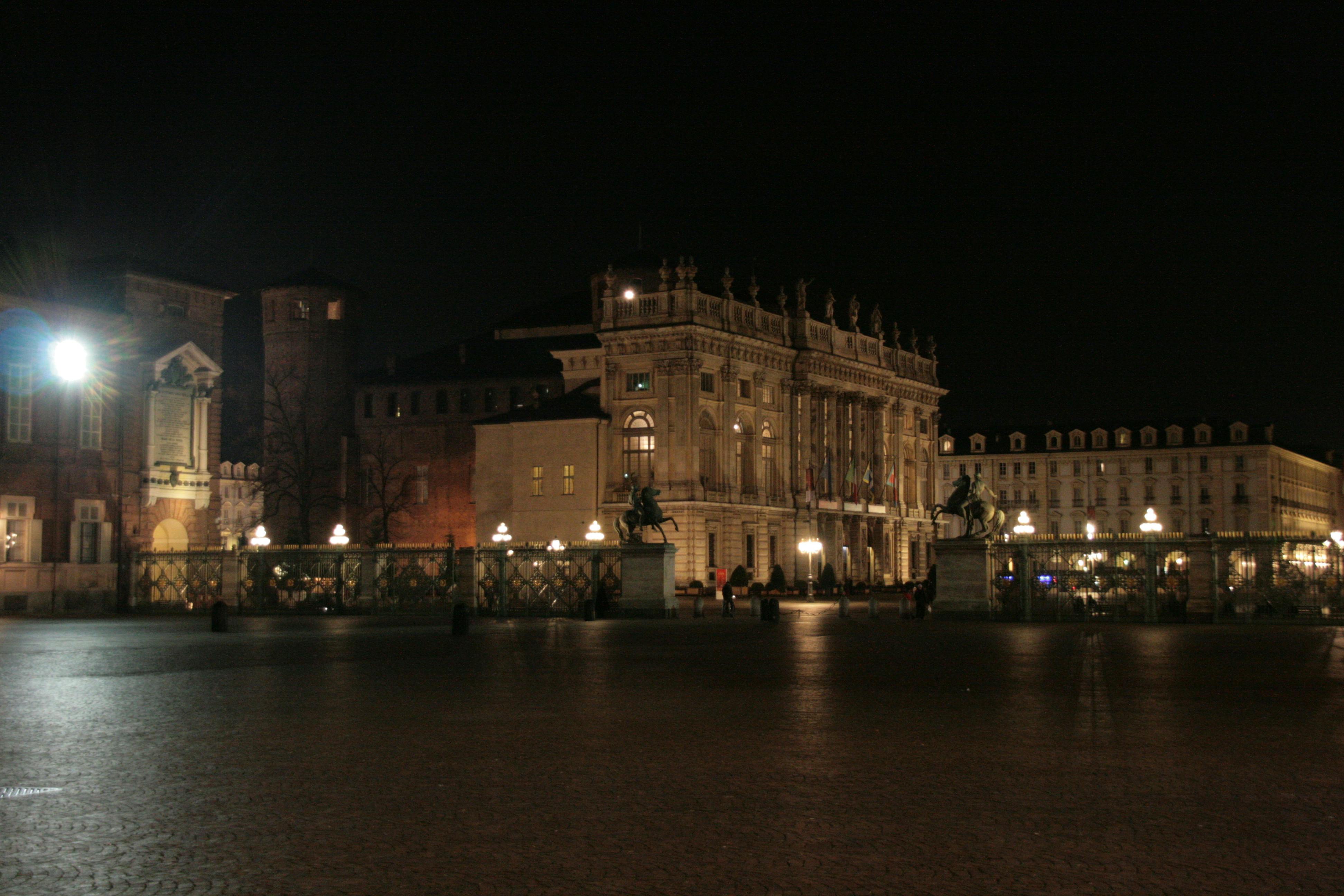
Piazza Castello and Palazzo Madama, credits: Federica Giulia Sacchi
The Palazzo Trucchi di Levaldigi is also shrouded in mystery. Giovanni Battista Trucchi, Count of Levaldigi, was the Minister of Finance to the Savoy family. He acquired a large sum of money and commissioned the construction of this building, which was sans doorway for several months. One morning, some curious passers-by noticed an imposing dark wooden door finely inlaid with bas-reliefs that were anything but reassuring: Wilted flowers, sad cherubs and–the creepiest detail of all: A devil-shaped door knocker surrounded by birds of prey and hellish dogs, from whose jaws emerged two snakes.
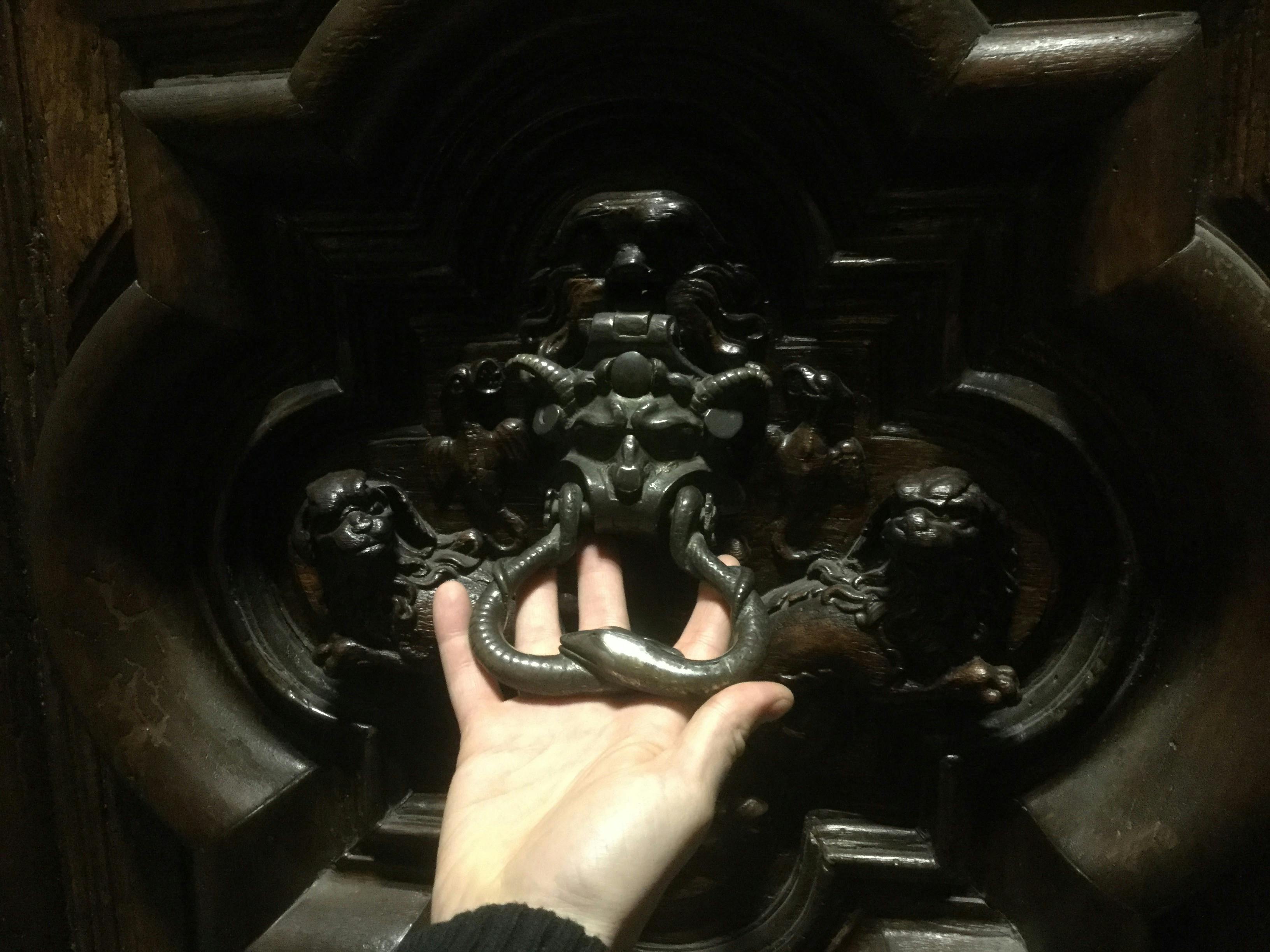
The Devil’s Door, photo: Federica Giulia Sacchi
It’s unclear why Trucchi chose that particular design, but two unsolved murders eventually occurred in the building. Emma Coscé, the first victim, was a dancer killed by a high heel in the back during a party. The second was a policeman tasked with bringing a missive to Paris. He seemed to have vanished into thin air before the escort could fetch him, but his body–complete with a smashed skull–was found many years later inside the walls.
Palazzo Trucchi in Levaldigi later became the seat of the town’s tarot manufacturer. Maybe it’s pure coincidence, but the tram that passes in front of the palace is number 15, the number of the tarot deck’s Devil card.
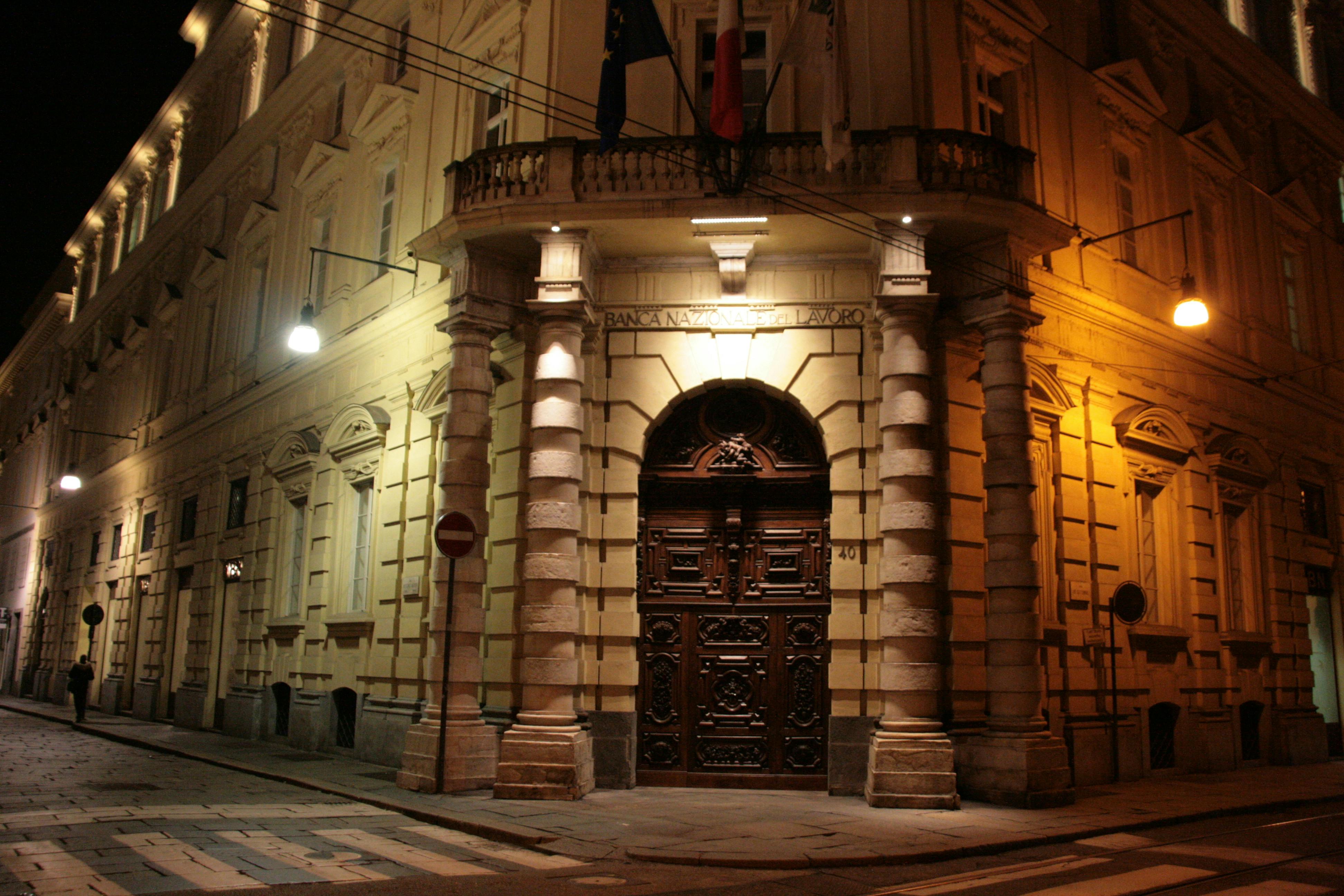
Palazzo Trucchi di Levaldigi, photo: Federica Giulia Sacchi
If this has piqued your curiosity and you are eager to discover all the secrets and mysteries of Turin, book a guided tour of the city’s magical and esoteric places.

So, Luciferianism did originate in Italy: the shadow side of the Vatican’s headquarters.
Guess this sort of black occult crap emerged when Venice & Torino were at their most decadent.
Good to know where the architects & their masters heads were at when they built this stuff. Yeeesh.